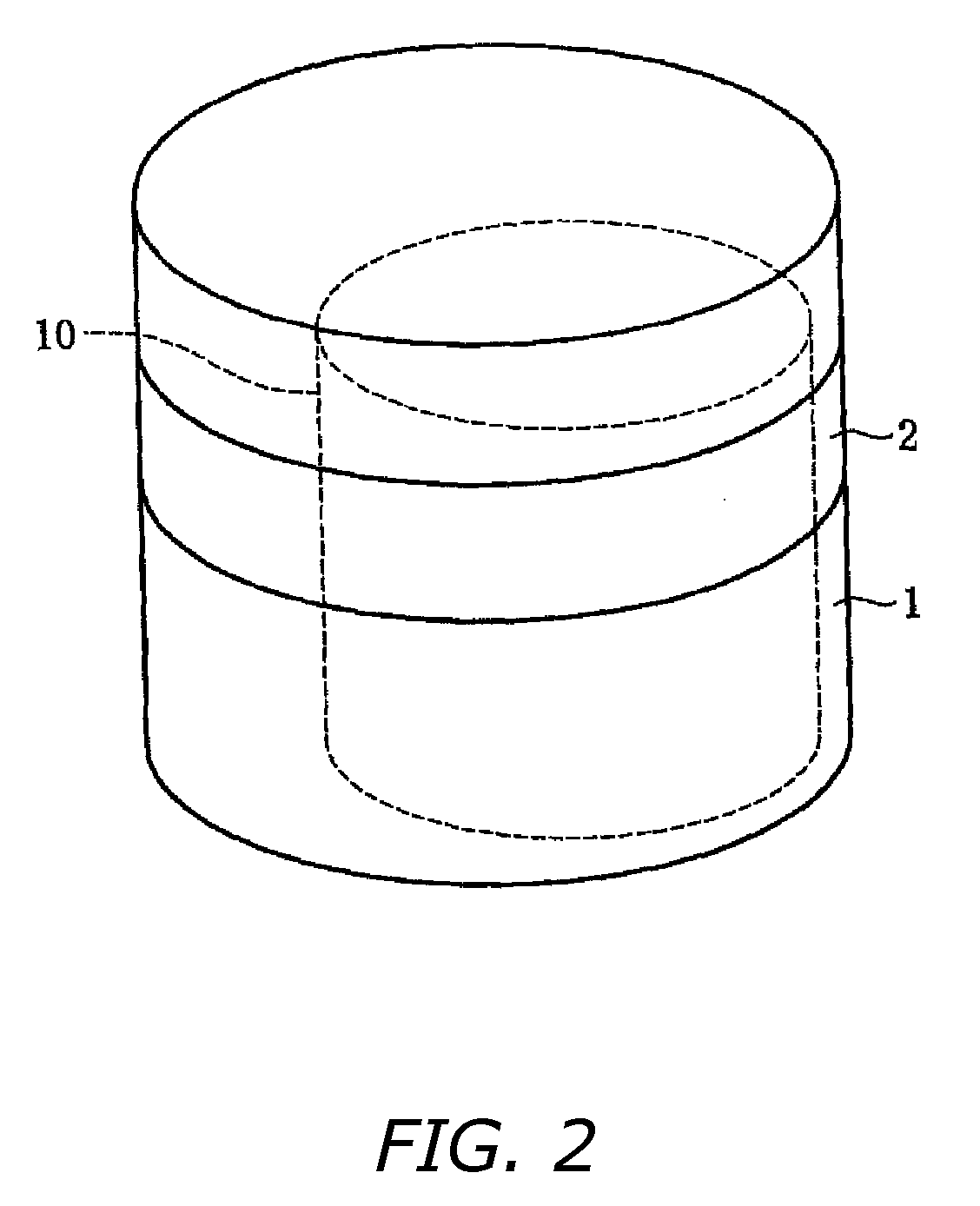Scanning Range Sensor
a range sensor and sensor technology, applied in the field of scanning range sensors, can solve the problems of large outward-extending portions, limited device installation freedom, blind spots, etc., and achieve the effect of shortening the distance between the optical axis and shortening the distance from the sensor to the obj
- Summary
- Abstract
- Description
- Claims
- Application Information
AI Technical Summary
Benefits of technology
Problems solved by technology
Method used
Image
Examples
first embodiment
[0035] First Embodiment
[0036] First, FIGS. 1-3 show a first example of the present invention. In this example, a vertically cylindrical outer cover 1 houses a main body of a scanning range sensor. When using the scanning range sensor of the present invention for a guarding robot or a cleaning robot, the outer cover 1 is placed on the top of the head portion of the robot. The outer cover 1 is made of an appropriate material such as a synthetic resin. As indicated in FIGS. 1 and 2, midway height-wise along the circumferential wall of the outer cover 1, a transparent window 2 that has a horizontally annular form and a uniform vertical width is formed slightly above center. This transparent window 2 may be made of a transparent, annularly seamless, band-shaped constituent separate from the main material of the outer cover 1 and set into position as the transparent window. Alternatively, the outer cover 1 itself may be formed integrally of a transparent material, and then a portion excep...
second embodiment
[0045] Second Embodiment
[0046] Next, a second embodiment of the present invention will be described with reference to FIG. 4. This example is a variation in which the light projector 3 is arranged on the disk portion 20 inside the cylindrical rotary member 10. Because a half-silvered mirror 35 is used, if a laser is used as a light source, the photosensitivity must be limited for safety by restricting the output power. On the other hand, however, a significant advantage to this configuration is that the vertical height of the scanning range sensor can be further decreased because it is possible to eliminate the mirrors 5 and 6 on the inner surface of the outer cover 1 shown in FIG. 1. In FIG. 4, the beam reflected upward by the half-silvered mirror 35 is incident upon the lower surface of the scanning mirror 36 through a tiny optical through-hole 37 in the center of the reflecting mirror 31, and a tiny optical through-hole 38 in the center of the top plate portion 10a of the cylindr...
PUM
 Login to View More
Login to View More Abstract
Description
Claims
Application Information
 Login to View More
Login to View More - R&D
- Intellectual Property
- Life Sciences
- Materials
- Tech Scout
- Unparalleled Data Quality
- Higher Quality Content
- 60% Fewer Hallucinations
Browse by: Latest US Patents, China's latest patents, Technical Efficacy Thesaurus, Application Domain, Technology Topic, Popular Technical Reports.
© 2025 PatSnap. All rights reserved.Legal|Privacy policy|Modern Slavery Act Transparency Statement|Sitemap|About US| Contact US: help@patsnap.com



